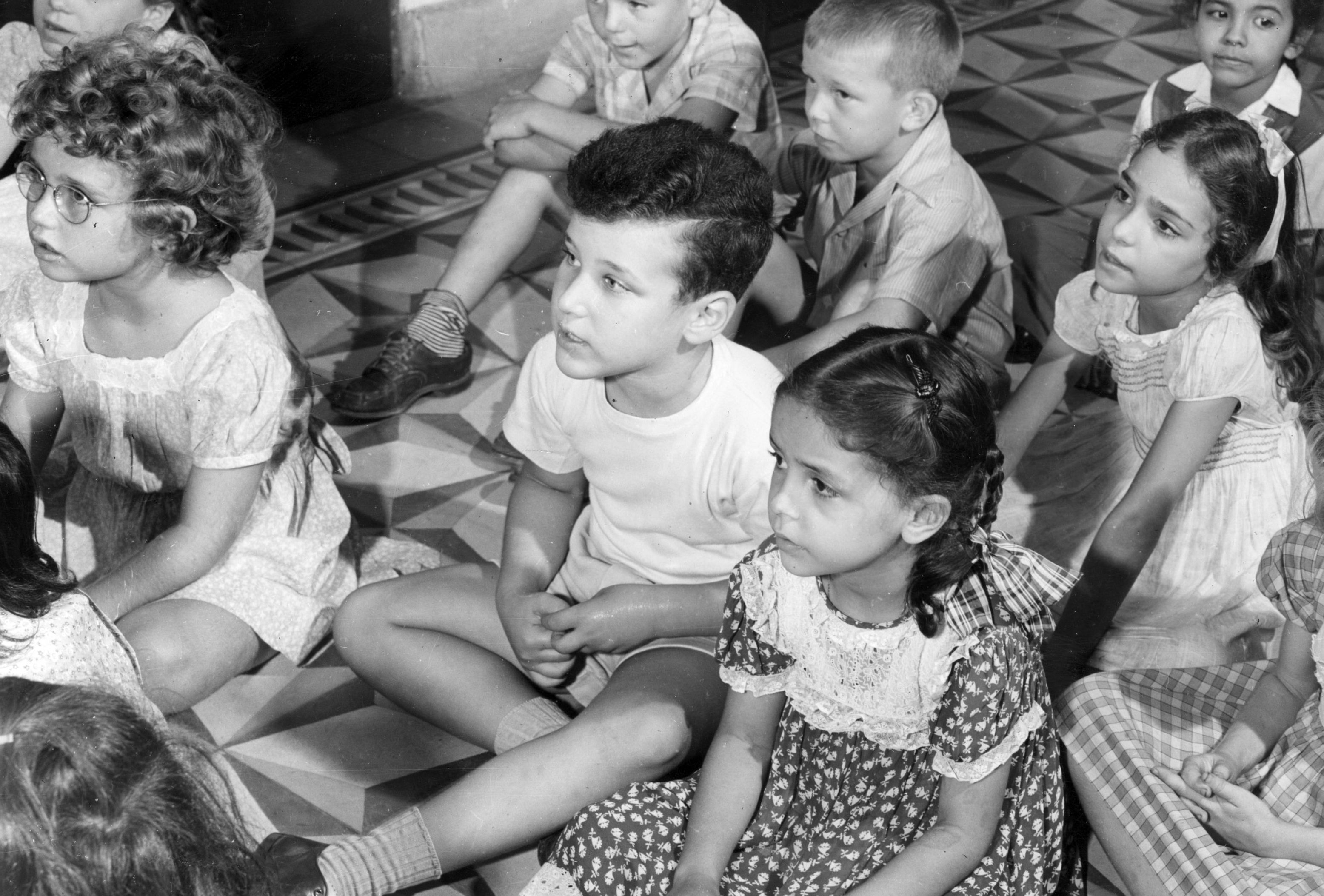The upcoming school year in Puerto Rico will begin remotely, officials announced yesterday, July 22. Taking into consideration the advice of Governor Wanda Vázquez’s COVID-19 task force, distanced and virtual learning will be mandatory of all public and private schools on August 17, the first day of classes.
Secretary of State Elmer Román says the move is a “preliminary plan” that allows for flexibility depending on the state of the pandemic on the island. On September 17, classes could shift to a combination of distance learning and in-person lessons; this could happen even earlier for some areas depending on the rates of positive cases.
Currently, rates of positive COVID-19 cases in Puerto Rico are on the rise, and Governor Wanda Vázquez recently rolled back some economic reopening regulations in response. There have been at least 188 deaths among the 13,473 total reported cases.
Whether students and parents are well-equipped for home learning, however, is a major concern, particularly in the southern region of the island where a slow recovery from January’s 6.4-magnitude earthquake—and the incessant smaller-magnitude events occurring since—presents a more challenging environment.
“There are a lot of students and teachers who don’t have Internet access, and that’s why it’s important that schools open, so teachers can do their work and parents can pick up what students need to complete their work,” said Grichelle Toledo, general secretary of the local union of the Puerto Rico’s Teachers Association.
As schools shuttered amid the early stages of the pandemic, the shift to virtual learning happened quickly (rightfully so)—and thus was not thoroughly planned out, leaving some teachers and families ill-equipped for the transition. Now, however, Education Secretary Eligio Hernández Pérez says investments will be made to provide students and teachers with tools like laptops and tablets. So far, $227 million in federal and local funds have reportedly been allocated for the purchase of more than 330,000 electronic items.
Last school year, some students were passed onto the next grade “conditionally” without having fully completed traditional requirements. Their needs will be addressed specifically on Fridays.
Counting public schools alone, there are nearly 282,000 students enrolled in the 2020-2021 school year. A total of 350 educational assistants will be hired to help students in person, Hernández Pérez said. Additionally, no student or family will be penalized if they’re unable to fully participate in virtual schooling.
In the U.S., Trump has leveraged the withholding of federal funding to schools—which is not in his authority to do—as part of his efforts to force their full reopening. Districts around the country, however, are opting for virtual lessons instead, even if state guidelines insist otherwise. In some red states, though, governors are following Trump’s lead.
